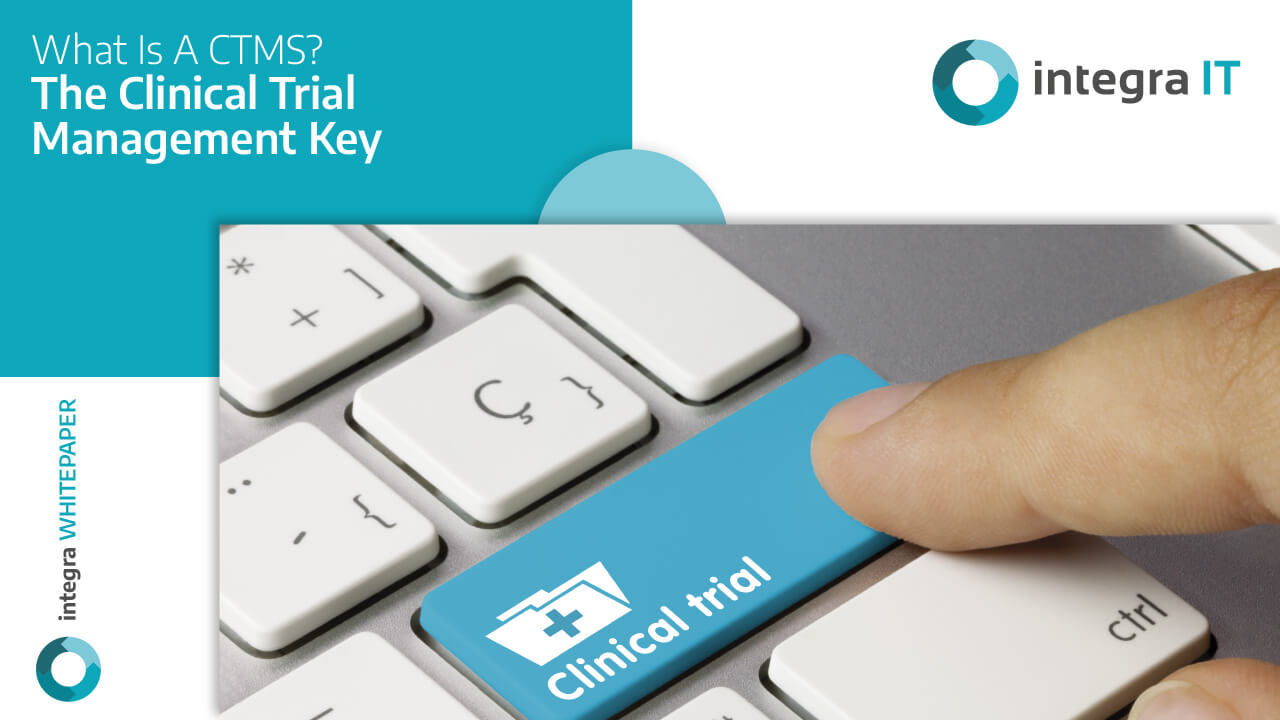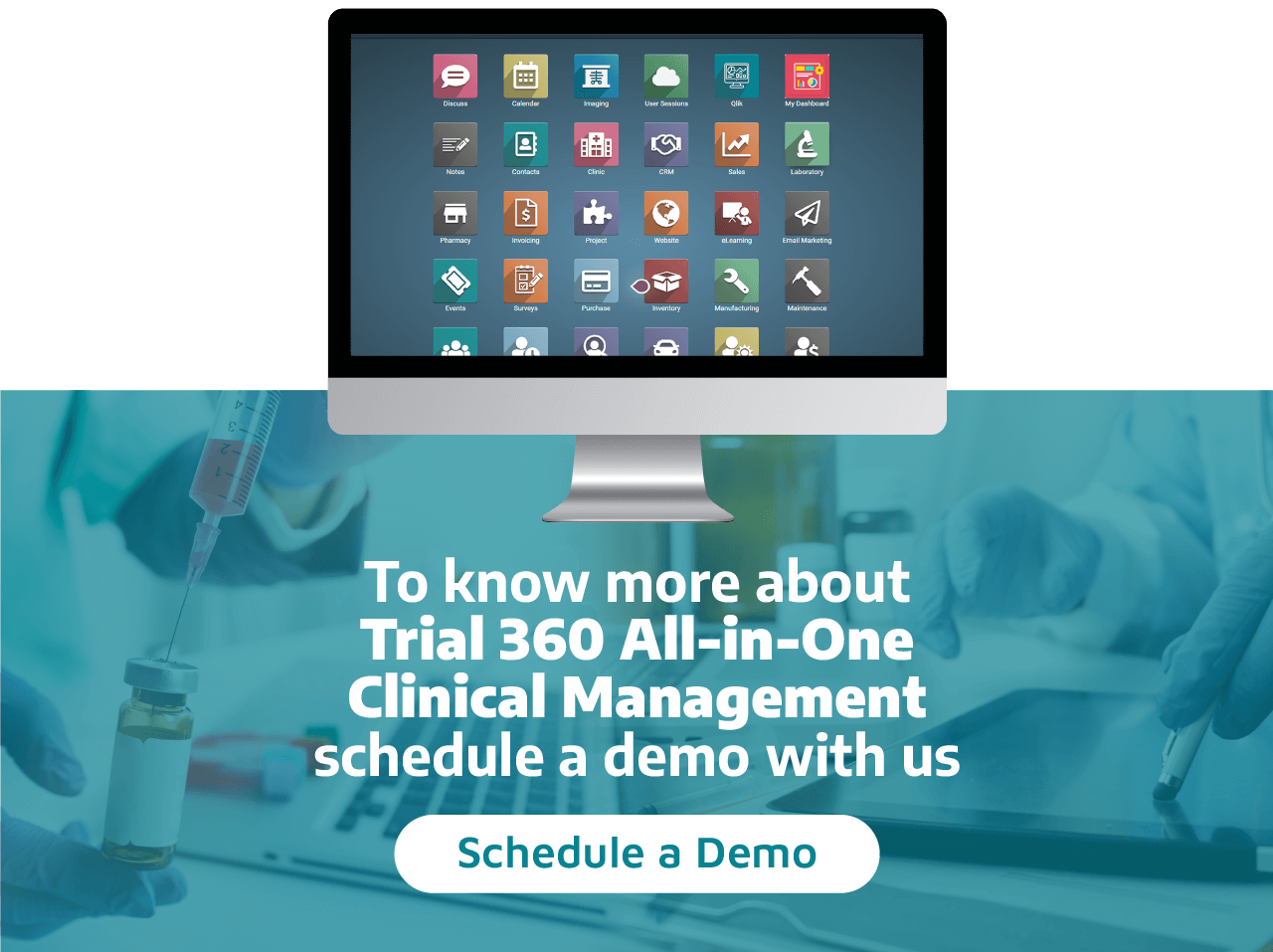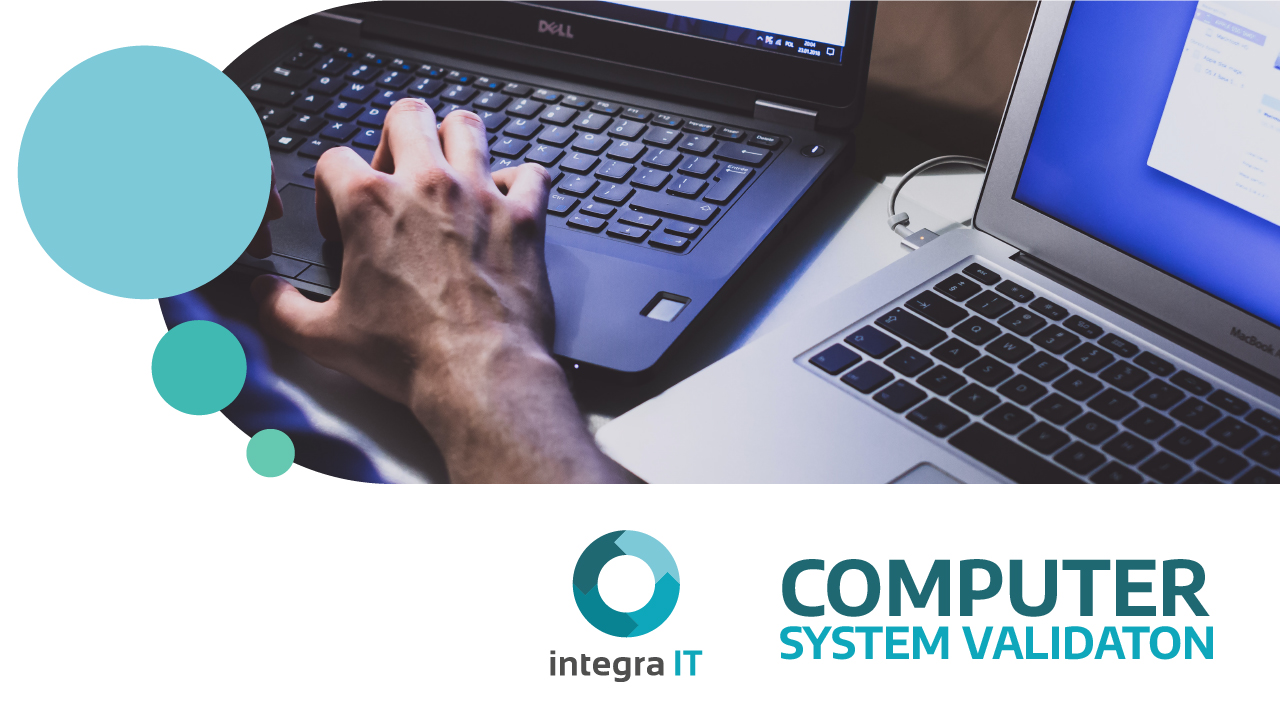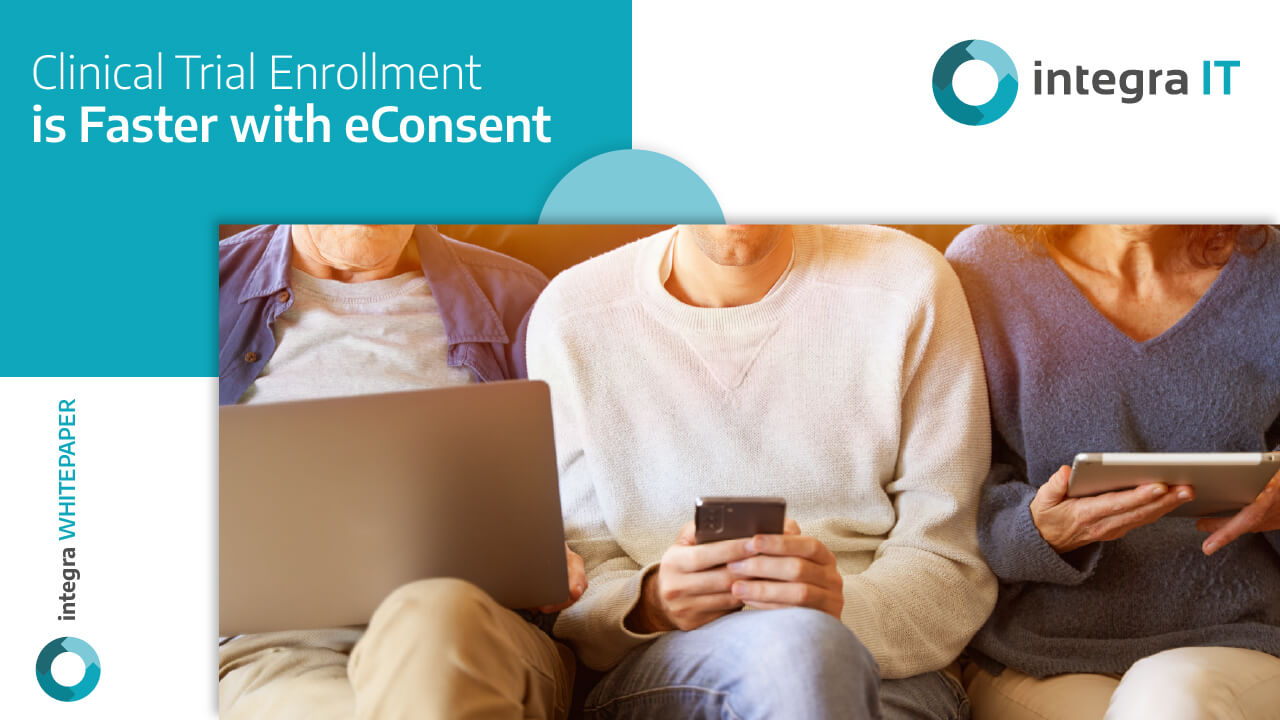Table of Contents
Effective clinical trial management is critical to success in drug development. A clinical trial management system (CTMS) is an essential tool that enables sponsors and clinical research organizations (CROs) to facilitate their trial processes.
A CTMS centralizes and automates many trial management functions, from planning to study closure. CTMSs help teams improve collaboration, reduce errors, and ensure regulatory compliance by providing a single source of truth for all trial data.
According to a report by Market Research Future, the global clinical trial management system CTMS market is expected to reach $4.3 billion by 2027 (1). The increasing complexity of clinical trials drives this growth, the need to improve efficiency, and regulatory pressure to ensure transparency and quality.
Industry experts agree that CTMS is an essential investment for pharmaceutical companies and research organizations looking to improve their clinical trial operations. Dr. Michael Caputo, Senior Director of Clinical Research at Pfizer, said, “A robust CTMS is critical to successfully managing clinical trials in our ever-evolving regulatory environment.”
Case Study Recommended:Clinical Trial Management System (CTMS) for Multi-Site Epidemiology. Cevaxin Case
Benefits of Implementing a Clinical Trial Management System CTMS
A CTMS offers many benefits for sponsors, CROs, and researchers involved in clinical trials. Here are some key advantages:
- Improved Efficiency: Streamlines workflows by automating data capture, management, and reporting tasks. This reduces manual work, saves time, and frees staff for other critical activities.
- Enhanced Collaboration: Provides a centralized platform for all stakeholders (sponsors, CROs, investigators) to access, share, and update study information in real time. This fosters better communication and coordination.
- Reduced Errors: Minimizes data entry mistakes and inconsistencies through automated data capture and validation features. This ensures data integrity and improves the reliability of study results.
- Boosted Regulatory Compliance: Helps maintain compliance with complex regulations by providing audit trails and facilitating the management of essential documents. This reduces the risk of regulatory delays or fines.
- Improved Data Quality: Ensures data accuracy and consistency with features like data validation rules and automated cleaning processes. This leads to more reliable study results and more robust scientific evidence.
- Cost Savings: Reduces administrative costs associated with manual data management, travel for site monitoring, and paper-based processes.
- Faster Trial Execution: Streamlines processes and facilitates quicker enrollment, data collection, and trial completion.
Things to Consider Before Implementing a Clinical Trial Management System CTMS
While a CTMS offers numerous benefits, implementing it requires careful planning and consideration. Here are some key factors to think about:
- Needs Assessment: Identify the specific needs and functionalities you require in a CTMS. Different CTMS solutions cater to varying study complexities and budgets.
- Scalability: Choose a CTMS that scales with your evolving needs. Consider the number of studies you manage and potential future growth.
- Integration: Ensure your CTMS can integrate with systems like electronic data capture (EDC) and electronic medical records (EMR) for seamless data flow.
- User-friendliness: Choose a system with a user-friendly interface that is easy for staff and investigators with varying technical skills to learn and navigate.
- Implementation & Training: Factor in the cost and time associated with system implementation and training for staff and investigators.
- Vendor Support: Choose a vendor with a strong reputation for ongoing support, including system updates, troubleshooting, and user training.
Why and How to Implement a Clinical Trial Management System CTMS
Why Implement a CTMS?
A CTMS offers a strategic advantage by:
- Increasing the success rate of clinical trials.
- Reducing costs and timelines for drug development.
- Ensuring regulatory compliance.
- Improving data quality and scientific rigor.
How to Implement a CTMS:
The implementation process involves several key steps:
- Form a cross-functional team: Include representatives from different departments like clinical research, IT, and data management.
- Develop a clear implementation plan: Define goals, timelines, budget, and responsibilities.
- Select a CTMS vendor: Evaluate different vendors based on your needs, budget, and compatibility with existing systems.IntegraIT offers global solutions all in one.
- Configure and customize the CTMS: Tailor the system to your specific study needs and workflows.
- Data migration and system validation: Ensure data is accurately transferred from existing systems and the CTMS functions as intended.
- User training: Train staff and investigators on effectively utilizing the CTMS.
- Launch and ongoing support: Monitor system performance, provide user support, and implement necessary updates.
By following these steps and carefully considering the abovementioned factors, you can successfully implement a CTMS that streamlines your clinical trial processes, improves efficiency, and ultimately leads to successful outcomes.
Conclusion
Clinical trials are the backbone of medical research and progress. Enter the CTMS: your digital compass.
A CTMS offers a powerful toolkit for sponsors and CROs. Why?
- Boost Efficiency: Free up valuable time for research teams.
- Enhance Collaboration: Foster real-time communication and shared information access for all stakeholders.
- Reduce Errors: Minimize data entry mistakes.
- Ensure Compliance: Minimize compliance risks.
- Improve Data Quality: Maintain data accuracy – automated cleaning.
- Reduce Costs: Save money by minimizing manual work, travel, and paper-based processes.
- Accelerate Trials: Faster enrollment, data collection, and trial completion.
Boost your clinical trials—accelerated development of life-saving treatments.
Contact us today to learn more about how we can help you improve the quality of your clinical studies, efficiency, and outcomes!
References:
1. marketsandmarkets.com. (2023, Septiembre). Clinical Trials Market Size, Share, Trends and Revenue Forecast to 2028. https://www.marketsandmarkets.com/Market-Reports/clinical-trials-market-405.html?gad_source=1&gclid=CjwKCAjwjqWzBhAqEiwAQmtgT-PXjGKGr0Q9gA-Mzajgy-go1Sh203wsoWyHdQCDN3PNpIoJWnV5URoCNugQAvD_BwE











